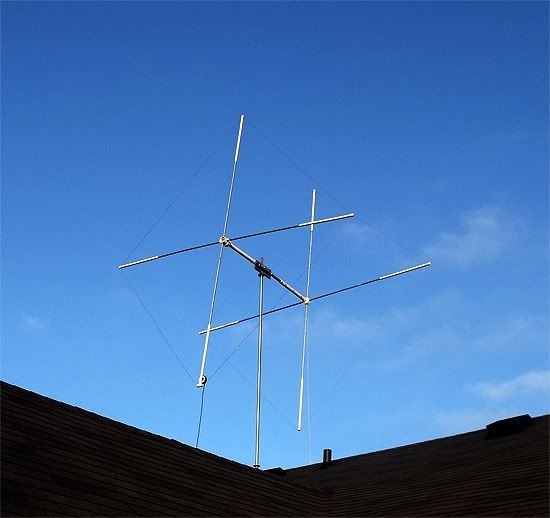maybe ill go buy some home depo 12ga bulk spool wire and build a quad. then i can post the exact length for the elements. everybody has a home depo nearby right?
due to recent political actions, I only shop at LOWES
maybe ill go buy some home depo 12ga bulk spool wire and build a quad. then i can post the exact length for the elements. everybody has a home depo nearby right?
maybe ill go buy some home depo 12ga bulk spool wire and build a quad. then i can post the exact length for the elements. everybody has a home depo nearby right?
due to recent political actions, I only shop at LOWES
fill me in. whats going on politicaly with home depo?
i was refering to the wire elements.
good luck with the 18ga. in my opinion thats way to small to be strong enough to withstand harsh winters. id stay with 12ga. i wqas using home depo for the fact they are everywhere so if i got one tuned at a certain length and spacing other people could use that same wire and dial theres in easy with the same dimensions
Dan Handelsman said:"What do we KNOW about quad design?
Wire thickness makes a BIG difference:
The thicker the wire the greater the loop perimeter. The greater the perimeter the higher the loop impedance, the lower the losses, the higher the gain and the lower the Q factor. People normally construct Yagis out of thick aluminum tubing. They normally construct quads out of thin copper wire. Then they expect the quad to outperform the Yagi."
"The major variable in quad construction is the wire diameter and, as L.B Cebik stated in his recent article in antenneX, absolutely none of the formulas take this into account. Meanwhile, the differences due to wire diameter are truly gross - a quad based on #10 AWG (2.5mm) wire has a loop perimeter of 1.046 wavelengths on 80 meters and 1.062 on 10 meters. If you think these decimals don't mean very much, the difference in perimeter between these two figures on 80 meters is 1.34 meters or 4.4 feet. Now extrapolate the same wire size to 2 meters. The perimeter is 1.084 wl. "
Dan Handelsman, N2DT
The difference in galvanized steel wire and multi-stranded copper is dramatic. The velocity factor between the two are as different as night and day. The galvanized steel wire has a low velocity factor, and the copper wire's velocity factor is much higher. That will change the effective length due to the delay of the flow of electrons @ the speed of light when comparing between thee two materials. In copper, there is little resistance to this flow. Stainless or cheap steel has a much slower rate.
Wave propagation speed - Wikipedia, the free encyclopedia

